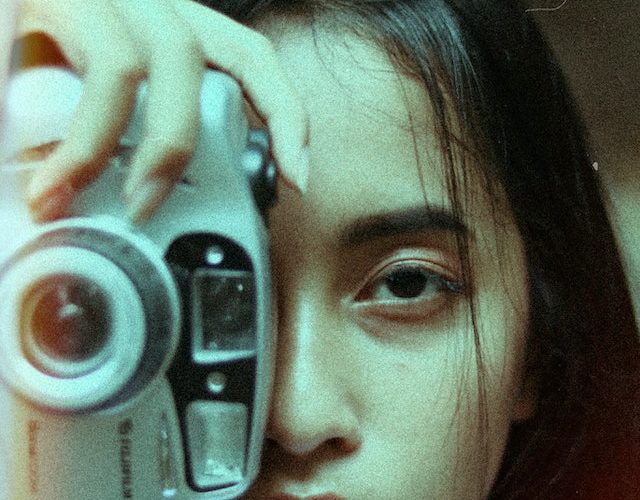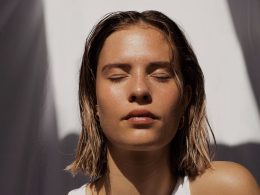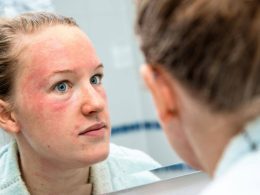Introduction:
Virtual reality (VR) technology has rapidly evolved, offering immersive experiences that transport us to alternate realities. While VR has opened up new possibilities in entertainment, education, and various industries, its impact on our perception of beauty cannot be overlooked. This article delves into the influence of VR technology on our perception of beauty, discussing both the positive aspects and potential pitfalls that come with this virtual realm.
Exploring Idealized Beauty in Virtual Worlds:
Virtual reality allows users to create and interact with avatars, often presenting an idealized version of themselves. In these virtual worlds, users can experiment with different appearances, enhancing features and conforming to societal beauty standards. However, this portrayal of an idealized self can lead to unrealistic expectations and a distorted perception of beauty, as users strive to replicate these digital ideals in the real world.
The Risks of Unrealistic Beauty Standards:
Virtual reality experiences can reinforce unrealistic beauty standards, perpetuating a narrow and homogenized definition of attractiveness. As users spend more time in virtual environments, they may start internalizing these ideals, impacting their self-esteem and body image. This distortion of beauty standards can lead to feelings of inadequacy, self-comparison, and a constant pursuit of unattainable perfection.
The Potential for Empowerment and Self-Expression:
On the flip side, virtual reality also offers opportunities for self-expression and empowerment. It allows individuals to explore diverse identities, break free from societal norms, and challenge traditional beauty standards. VR experiences can foster inclusivity, encouraging users to embrace their uniqueness and redefine beauty on their own terms.
The Importance of Ethical Considerations:
As VR technology continues to advance, ethical considerations regarding body image manipulation and representation become crucial. Developers and content creators must prioritize responsible design and ensure that virtual experiences promote diversity, inclusivity, and positive body image. By creating virtual environments that celebrate a range of body types, ethnicities, and identities, we can counteract the potential harm caused by distorted beauty standards.
Fostering Digital Literacy and Mindful VR Usage:
To navigate the influence of VR on beauty perception, fostering digital literacy and mindfulness is vital. Educating users about the potential impact of virtual experiences on their self-image, promoting media literacy, and encouraging critical thinking can help individuals distinguish between virtual ideals and real-world beauty. Developing a healthy relationship with VR technology involves using it as a tool for creativity, entertainment, and exploration rather than a means to conform to societal beauty standards.
Conclusion:
Virtual reality has the potential to shape our perception of beauty, both positively and negatively. While it offers opportunities for self-expression and empowerment, it also poses risks of reinforcing unrealistic beauty ideals and distorting our perception of self. By promoting ethical practices in VR design, fostering digital literacy, and encouraging mindful usage, we can harness the positive aspects of virtual reality while mitigating its potential negative impact. It is crucial to prioritize inclusivity, diversity, and body positivity in virtual environments, ensuring that the virtual realm reflects the beauty and uniqueness of the real world.












